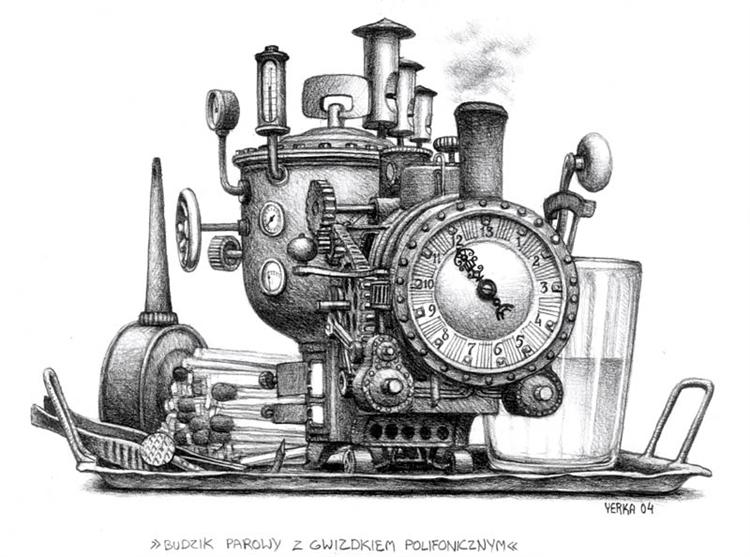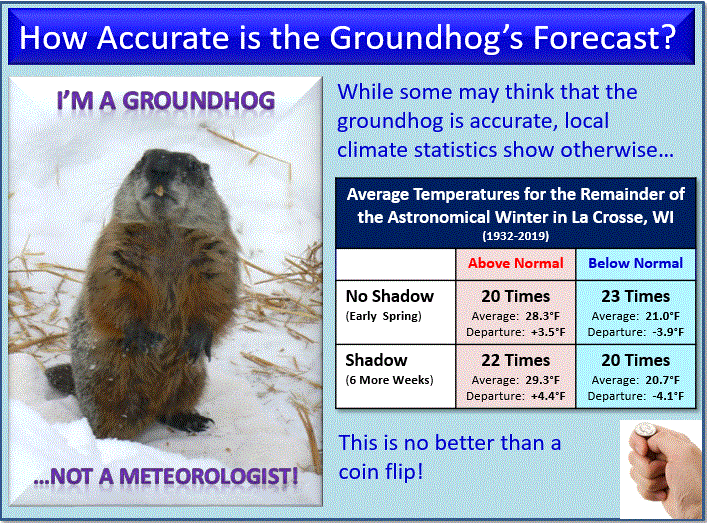“Tyme” was used in Middle English and earlier forms of the language, and it was commonly found in historical texts, poetry, and manuscripts of that time. It was used to refer to the passage of time, an era, or a specific moment in history.
Today at 16:00 UTC we refresh our understanding of the technical standards for the timing-systems that maintain the temporal framework for daily life in education communities. The campus clock continues as a monument of beauty and structure even though digitization of everything has rendered the central community clock redundant.
Most leading practice discovery (and innovation) is happening with the Network Time Protocols (NTP) that synchronize the time stamps of widely separated data centers. In operation since before 1985, NTP is one of the oldest Internet protocols in current use and underlies the Internet of Things build out. NTP is particularly important in maintaining accurate time stamps for safety system coordination and for time stamps on email log messages.
Use the login credentials at the upper right of our home page.
More
National Institute of Standards and Technology: What is Time?
Sapienza University of Rome: Clock Synchronization
National Fire Alarm and Signaling Code
Athletics
Map showing what states can actually drive in snow pic.twitter.com/qgKEhLtKbr
— Midwest vs. Everybody (@midwestern_ope) February 7, 2025





















